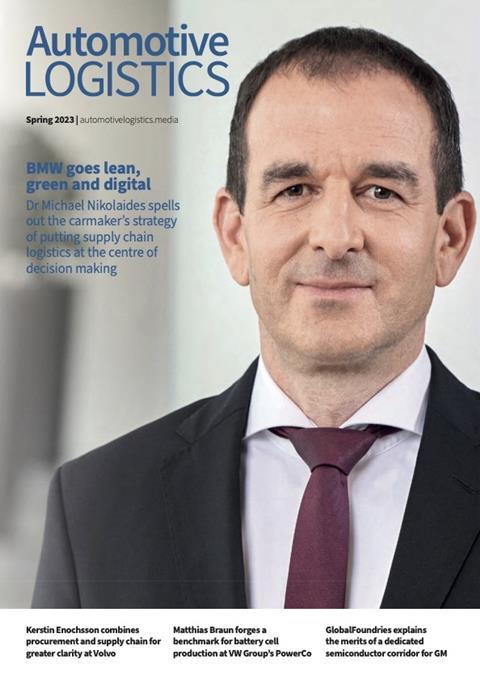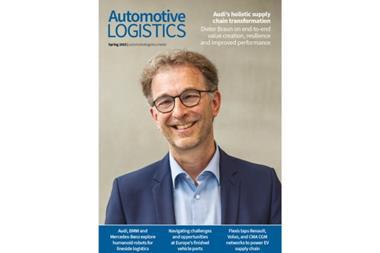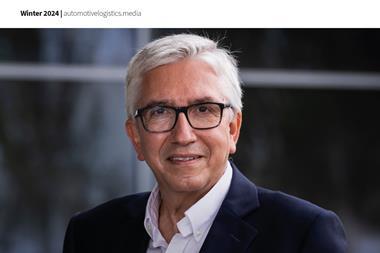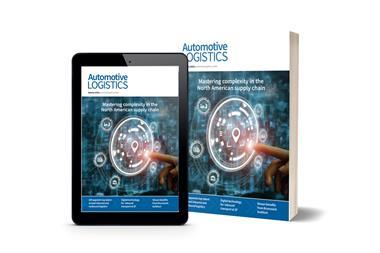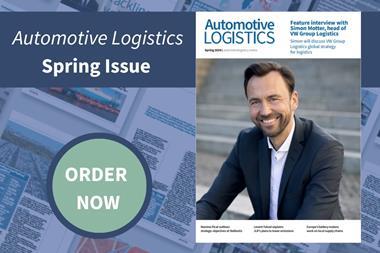Dr Michael Nikolaides, senior vice-president of production network and supply chain management, explains in detail the gains in supply chain visibility and digitalisation the carmaker is making. BMW’s top management is now following data and recommendations from logistics experts even more closely, part of a wider recognition at the boardroom level that supply chain and logistics needs to be central to company strategies for the future production of autonomous, connected and electrified vehicles.
Over at Volvo Cars, Kerstin Enochsson, head of procurement and supply chain, explains the carmaker’s endeavour to make its supply chain as sustainable as its electric vehicles. To do so it has combined procurement and supply chain logistics for greater clarity on the flow of parts, materials and vehicles.
Matthias Braun head of logistics at PowerCo, sets out division’s vision and framework, which aims take the best from automotive and chemical sectors, and forge a new benchmark in supply chain transparency and connectivity. Better connections and a more transparent supply chain are key to PowerCo’s battery cell production plans for the VW Group.
A more transparent and sustainable supply chain is the main objective behind a joint venture digital platform called Cofinity-X, which we also look at in this spring edition. BMW, Mercedes-Benz and Volkswagen, and seven of their tier one suppliers: BASF, Henkel, SAP, Schaeffler, Siemens, T-Systems, and ZF, are working to provide products and services to connect companies and enable, through the secure exchange of data, improved transparency on the sourcing, production, movement and recycling of parts and materials.
That is also something that GM has achieved in the US, thanks to a closer relationship it has established with semiconductor fabrication provider GlobalFoundries. Kamal Khouri, vice-president and general manager for automotive at GlobalFoundries explains why the first-of-its-kind agreement with GM short-circuits the wafer guarantee part of the business equation and ensures the carmaker has the capacity it needs guaranteed.
This spring edition of Automotive Logistics also looks at Ceva’s development of a fifth finished vehicle logistics division of business since its amalgamation of Gefco and how it is providing containerised vehicle shipments from Asia. We also look at sustainability in European transport and review the situation for the automotive supply chain in Europe one year on from Russia’s invasion of Ukraine.
Taken together, what this edition makes clear is that the future of a sustainable and resilient automotive industry depends on more vertical integration, focused localised production of raw materials and components, and technological strategies to mitigate supply chain volatility.
Features include:
- Lean, green and digital at BMW
- Volvo’s vision of an electric future
- A blueprint for VW’s battery supply chain
- Containers for the capacity crunch
- Stronger supply chain connections
- A Russian market close to catastrophe
- Making inroads on sustainability
- What to do when the chips are down

























![Global[1]](https://d3n5uof8vony13.cloudfront.net/Pictures/web/a/d/s/global1_726550.svgz)





